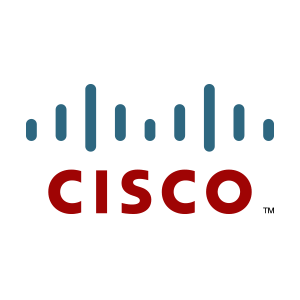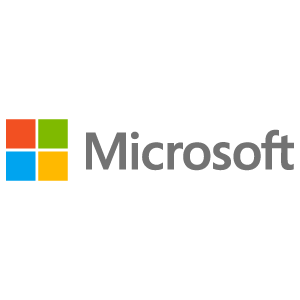- Products
-
Our Products
The complete technical portfolio, tailored to your business – always cutting-edge, differentiated and customized according to your requirements.
BEUL IT professionals support your individual baseline and merge different technology areas to solutions for your specific business case, which move your business forward.
-
- Solutions
-
Our solutions
Our "ready-to-use" IT concepts for specific requirements - proven solutions for trends, industries and business models.
Turnkey IT solutions designed, certified and tested by us offer you the security of a validated design, fast technology adaptation and attractive managed IT services.
-
- References
- Company
Identity and Access Management
Network access control and identity management for an insurance company.
Improved security architecture thanks to access control and identity management
Due to the increased IT threat situation in recent years, a Hessian insurance company was faced with the challenge of increasing the security of its infrastructure while at the same time improving scalability, transparency and maintenance costs. After a detailed analysis of the existing security architecture by BEUL, heterogeneous access control and the visibility of users, end devices and access were identified as the greatest potential for IT security optimization.
A completely revised IAM concept was developed in workshops with the customer, which included centralized NAC (Network Access Control) on a certificate basis for the internal wired, wireless and external network (VPN and cloud access). In addition, services such as Profiling (automatic recognition of the type and affiliation of connected end devices by the network) and a Quarantine Zone (temporary network area for clients that, for example, do not meet the current software version) were included. The core of the solution is the Cisco Identity Services Engine (ISE).
BEUL guided the customer through the conception and workshops, supported the definition of a global set of rules and guidelines and implemented the solution in all of the customer's main locations as well as numerous branches and offices. Comprehensive monitoring and change management in the system environment is permanently ensured by a BEUL managed service.
Motivation
- Reduction of the administrative effort by replacing distributed, heterogeneous user administrations in favor of a unified, centrally managed network access
- Improving transparency by establishing certificate-based identity management with end-to-end processes
- Increase in IT security by implementing advanced functions such as device profiling, quarantine zone and fine-grained authorization
Challenges
- Extensive actual analysis of the network and user landscape due to difficult documentation
- Updating and expanding the company's security policy in coordination with numerous internal departments of the customer
- Integration of older end systems without integrated NAC support such as legacy servers, printers and telephony Revision of the existing macro network segmentation on a VLAN basis
Technologies



The project in figures
-
![Identity and Access Management]() Identity and Access Management
Identity and Access ManagementNetwork access control and identity management for an insurance company.
-
![Hybrid Unified Communications]() Hybrid Unified Communications
Hybrid Unified CommunicationsCloud-integrated communication, messaging and conferencing for a financial company.
-
![Data Center Fabric]() Data Center Fabric
Data Center FabricGeo-redundant data center with "Leaf & Spine" architecture for a financial company.
-
![Digital Public Rescue]() Digital Public Rescue
Digital Public RescueDigital command vehicle and IT infrastructure of a municipal fire brigade.
-
![Media Delivery DMZ]() Media Delivery DMZ
Media Delivery DMZSecure Internet Edge for an IP TV streaming special interest channel.
-
![Digital Schooling]() Digital Schooling
Digital SchoolingAll-round IT infrastructure for a regional vocational school.
-
![High-Density IoT VPN]() High-Density IoT VPN
High-Density IoT VPNIntelligent distribution substations for a power utility.
-
![Enterprise Campus LAN]() Enterprise Campus LAN
Enterprise Campus LANActive building networking and patch cabling for a chemical company.
-
![Multi-Site Wireless LAN]() Multi-Site Wireless LAN
Multi-Site Wireless LANSecure corporate WLAN for a power utility.
-
![Blackout-Proof Voice over IP]() Blackout-Proof Voice over IP
Blackout-Proof Voice over IPSecure operational telephony for an energy supplier.











